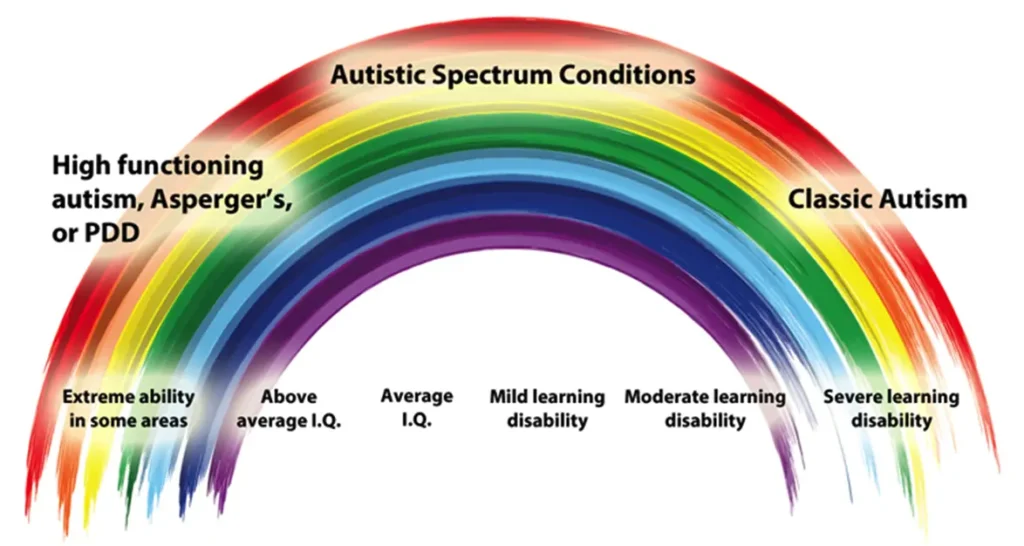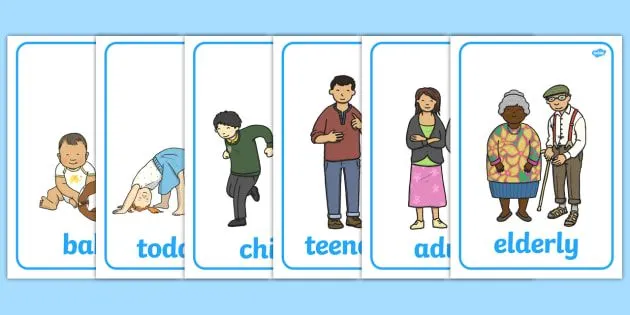What is the Best Lifestyle for Autism?
Introduction
Autism is a complex neurological situation that influences a man or woman’s potential to speak, interact socially and method sensory facts.
While the autism spectrum is quite numerous with every body showing a unique set of strengths and challenges.
There are positive way of life elements which could significantly enhance the first class of lifestyles for those on the autism spectrum.
Explore the best lifestyle for autism with essential tips on routines, diet and sensory friendly environments for optimal well being.
In this comprehensive weblog post we are able to explore what constitutes a satisfactory lifestyle for people with autism.
Catering to the desires and alternatives of the usa target audience.
From setting up dependent exercises and sensory friendly environments to fostering supportive social connections and having access to tailored treatment plans.
We can delve into the important thing factors which could create a nurturing and empowering lifestyle for those on the autism spectrum
Understanding the Autism Spectrum For best lifestyle for autism

Autism spectrum sickness (ASD) is a lifelong neurological condition that impacts how someone communicates, interacts with others and processes sensory data. The term “spectrum” is used to mirror the huge variety of everyday abilities and ranges of impairment. It can be skilled by individuals with autism.
Some individuals on the autism spectrum may also have extremely good cognitive talents and excel in precise regions. At the same time as others may additionally require a large guide of their day to day lives. The diversity in the autism spectrum is big and it’s far more important to recognize. There is no one size suits all methods in relation to supporting people with this circumstance.
Core Characteristics of Autism:
- Difficulties with social communication and interaction
- Restricted or repetitive behaviors, interests or activities
- Hyper or hypo sensitivity to sensory stimuli such as sound, touch or light
- Preference for predictability and a dislike of change
It’s essential to apprehend and respect the distinctiveness of everybody on the autism spectrum. As their particular strengths, demanding situations and help needs might also vary notably.
Key Best Lifestyle For Autism Individuals

Structured Routines and Predictability
People with autism regularly thrive in environments that offer a sense of shape, predictability and clean expectations. Setting up a steady each day recurring can offer an experience of security and balance. Lowering tension and supporting to manipulate the demanding situations related to trade and uncertainty.
Benefits of Structured Routines:
- Promotes feelings of safety and comfort
- Helps individuals anticipate and prepare for upcoming events
- Reduces the stress and meltdowns often triggered by unpredictable situations
- Supports the development of essential life skills such as time management and self care
To implement a structured routine consider the following strategies:
- Create a visual schedule or timetable that outlines the daily activities and transitions.
- Use consistent language and visual cues to communicate the sequence of events.
- Incorporate both preferred and non preferred activities into the routine to maintain balance and engagement.
- Be flexible and adaptable as some individuals may require more or less structure depending on their needs and preferences.
Sensory Friendly Environments
People with autism regularly revel in heightened sensory sensitivities. It can lead to emotions of soreness, anxiety and even bodily ache. Creating a sensory pleasant surroundings that minimizes overwhelming stimuli and contains sensory wishes. It is essential for promoting well being and allowing people to thrive.
Sensory Challenges Experienced by Individuals with Autism:
- Hypersensitivity to loud sounds, bright lights, strong smells or certain textures
- Difficulty processing and integrating sensory information from multiple sources
- Seeking or avoiding specific sensory experiences to self regulate
To create a sensory friendly environment consider the following strategies:
- Utilize soft, muted lighting and minimize overhead fluorescent lights.
- Incorporate sound absorbing materials such as carpets, curtains and acoustic panels to reduce echoes and ambient noise.
- Provide a quiet designated “sensory break” space where individuals can retreat and self regulate.
- Offer a variety of sensory tools and equipment such as weighted blankets, fidget toys and sensory based activities.
- Encourage individuals to communicate their sensory needs and preferences to help tailor the environment accordingly.
Supportive Social Connections
Constructing and maintaining significant social connections may be a sizable challenge for lots of people at the autism spectrum. But fostering a supportive social community may have a profound impact on their ordinary nice being and pleasant life.
Importance of Social Connections for Individuals with Autism:
- Reduces feelings of isolation and loneliness
- Provides opportunities for social skill development and practice
- Offers a sense of belonging and community
- Supports emotional well being and mental health
To help individuals with autism build supportive social connections consider the following strategies:
- Encourage participation in autism friendly social groups, clubs or community events.
- Utilize online platforms and forums to connect with others who share similar experiences and interests.
- Involve family members and friends in supporting social skill development and fostering inclusive relationships.
- Work with professionals such as social workers or therapists to develop personalized strategies for building and maintaining social connections.
Accessible and Tailored Therapies
Accessing appropriate and tailored therapies may be a critical thing of assisting the general well being of individuals with autism. Those treatment options can assist in dealing with a huge variety of demanding situations. From communication and social abilities to sensory processing and behavioral regulation.
Common Therapies for Individuals with Autism:
- Occupational Therapy: Focuses on developing daily living skills and sensory processing
- Speech Therapy: Addresses communication, language and social interaction challenges
- Applied Behavior Analysis (ABA): Utilizes evidence based techniques to improve behaviors and skills
- Counseling or Psychotherapy: Supports emotional well being and mental health
While looking for treatment plans it’s miles important to work with certified professionals who have revel in treating people on the autism spectrum. They can help expand a customized treatment plan that addresses the particular wishes and choices of the man or woman.
Adapting The Best Lifestyle For Autism In Different Life Stages

The way of life desires of individuals with autism may additionally evolve at some stage in their lifespan. Requiring diversifications and modifications to accommodate the modifications and demanding situations they face at different levels of life.
Key Considerations for Different Life Stages:
Childhood:
- Transitioning to and navigating the school system
- Developing social and communication skills
- Addressing any co occurring conditions such as anxiety or sensory processing disorders
Adolescence:
- Managing the physical and emotional changes of puberty
- Exploring interests and passions to build self confidence
- Preparing for the transition to adulthood and increased independence
Adulthood:
- Securing meaningful employment or educational opportunities
- Developing independent living skills and managing a household
- Maintaining supportive social connections and mental health
In the course of those lifestyles it is important to maintain a flexible and adaptable method. Constantly reevaluating the character’s desires and implementing the necessary lifestyle changes to ensure their proper being and fulfillment.
FAQ’s
How to live a good life as an autistic?
- Sleep. Many autistics have difficulty getting to sleep staying asleep or feeling refreshed after sleeping
- Pay attention to your senses
- Diet
- Comparing yourself to others
- Music
- Find your tribe
- Look for the certainty when things feel uncertain
- Embrace the stim
What is good for autistic people?
- Behavioral management therapy
- Cognitive behavior therapy
- Early intervention
- Educational and school based therapies
- Joint attention therapy
- Medication treatment
- Nutritional therapy
- Occupational therapy
What makes autistic people happy?
Stopped comparing themselves to others.
How to be normal with autism?
Therapies such as speech, occupational and behavioral therapy as well as medication to manage any associated conditions such as anxiety or ADHD.
Conclusion
Creating a lifestyle that helps the precise needs and preferences of individuals at the autism spectrum is a complicated and multifaceted undertaking.
With the aid of setting up structured exercises, sensory pleasant environments, supportive social connections and reachable remedies people with autism can thrive and lead fulfilling lives.
Keep in mind there is no one size fits all approach. As the autism spectrum is surprisingly various.
It is important to understand and celebrate the character strengths and views of those at the autism spectrum.
Method this journey with empathy, expertise and a dedication to fostering inclusive and accommodating environments.







